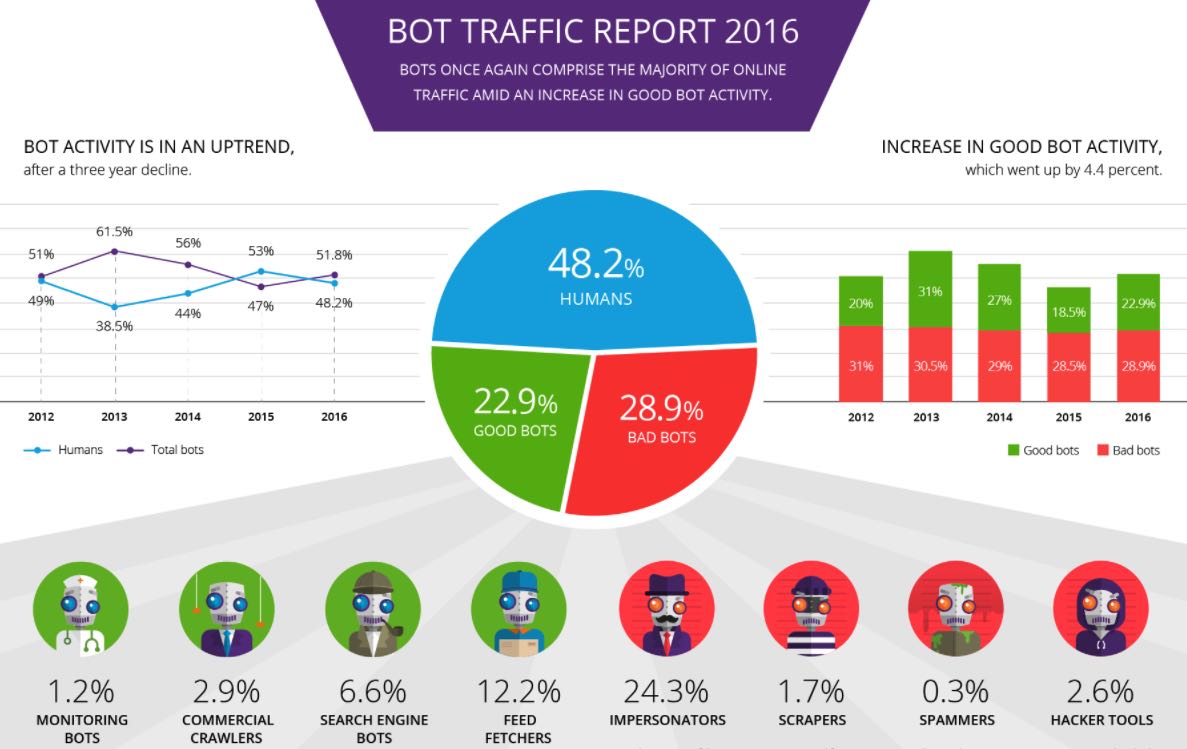Real estate is a competitive field, and success relies on staying ahead of the game. In today’s digital age, technology is making it easier than ever before for realtors to reach potential buyers and to network with peers in the industry. With so many effective digital marketing strategies available to them, there’s no excuse for not taking full advantage of this convenient platform.
In this blog post, we’ll detail 7 innovative ways that realtors can use digital marketing to promote listings online, unlocking superior results for buyers and sellers alike.
1- Mobile Friendly and Fast Loading Website
A website is a crucial tool for real estate agents as it provides a platform to showcase their listings, provide information about their services, and connect with potential clients. A website is the hub of all digital marketing strategies and it should be fast loading, easy to navigate and mobile friendly as well. Availability of website builders make it easier for real estate business owners to create professional looking websites with zero coding skills and expertise.
2- Search Engine Optimization
Search Engine Optimization (SEO) is a digital marketing strategy that helps improve the visibility of a website in search engine results. By optimizing their website for relevant keywords and phrases, realtors can increase their visibility to potential clients searching for properties online.
Some of the ways SEO can help realtors increase sales include:
- Improving Local Rankings
- Driving Organic Traffic
- Targeting Home Buyers and Sellers
- Building Trust and Credibility
- Generating Quality Leads
However, one should use the right keywords to appear in relevant search results. For instance, if you are offering services in Jackson MS, you should optimize your website for keywords like best realtors in Jackson, MS and so on to drive more local visitors and generate more leads.
3- Leverage Landing Pages
Landing pages are designed to capture leads and generate conversions. They should be used to offer prospects information about properties, services, and other real estate related topics and drive them toward making a purchase decision. Realtors can create landing pages that feature top listings or highlight the latest market updates. Landing pages can be used to collect contact information from prospects and segment them for future marketing campaigns. Landing pages should be well designed, visually appealing, and user-friendly. They can also be integrated with email marketing platforms and social media channels for greater reach. With the right strategy in place, landing pages can help Realtors generate more leads and close more sales.
4- Create Engaging Content
Content is king in digital marketing, and Realtors should make sure they are producing engaging content that resonates with their target audience. Their content should be informative and entertaining, while also providing valuable insight into the real estate industry. Realtors can blog about current market trends, share tips on buying or selling a home, offer their expertise in the local market and more. Creating engaging content can help Realtors gain visibility, build trust with prospects, and generate leads that could lead to sales.
5- Utilize Email Marketing
Email campaigns are an effective way for realtors to reach prospective clients, stay top-of-mind, and offer relevant content to their database of contacts. Emails should be personalized and sent with a frequency that does not overwhelm prospects yet keeps them informed about the latest listings and offers. Realtors can craft emails that feature new property listings, open houses, and other real estate related events. They should also ensure their email content is relevant to their target audience and offers valuable information and resources. By utilizing email marketing, Realtors can stay connected with potential buyers and sellers and increase their chances of closing sales.
6- Make Use of Social Media Platforms
Social media has become an effective way for realtors to reach out to potential buyers and sellers. They should create profiles on the major social media platforms and share content that is relevant to their target audience. Realtors can post updates about listings and open houses, promote blog posts, share industry news, and interact with prospects to build relationships. Social media can also be used to showcase properties in a visually appealing way and generate more interest from potential buyers. By leveraging social media, Realtors can increase their reach and boost sales.
7- Track & Analyze Results
Last but not least, Realtors should track and analyze their digital marketing efforts to ensure they are producing desired results. They should monitor website traffic and conversion rates, review email open and click-through rates, measure social media engagement, and analyze the performance of their campaigns to determine what is working and what needs to be improved. Tracking and analyzing results can help Realtors make informed decisions about their marketing strategies and optimize them for better results.
Conclusion
Digital marketing offers realtors and real estate agents a wide range of opportunities to reach potential clients and boost sales. From social media platforms to websites, email campaigns, and search engine optimization, agents can leverage technology to showcase their properties and connect with potential buyers. By staying up-to-date on the latest digital marketing trends and techniques, realtors can differentiate themselves from their competition, establish a strong online presence, and ultimately close more deals.






















 Instagram:
Instagram: Snapchat:
Snapchat:










